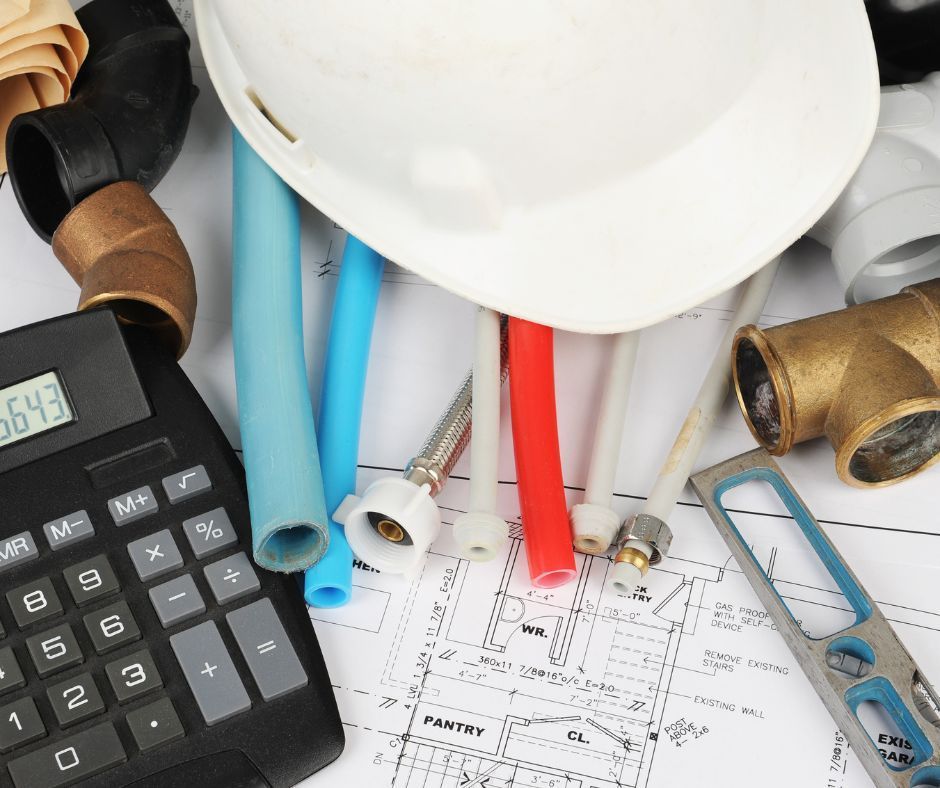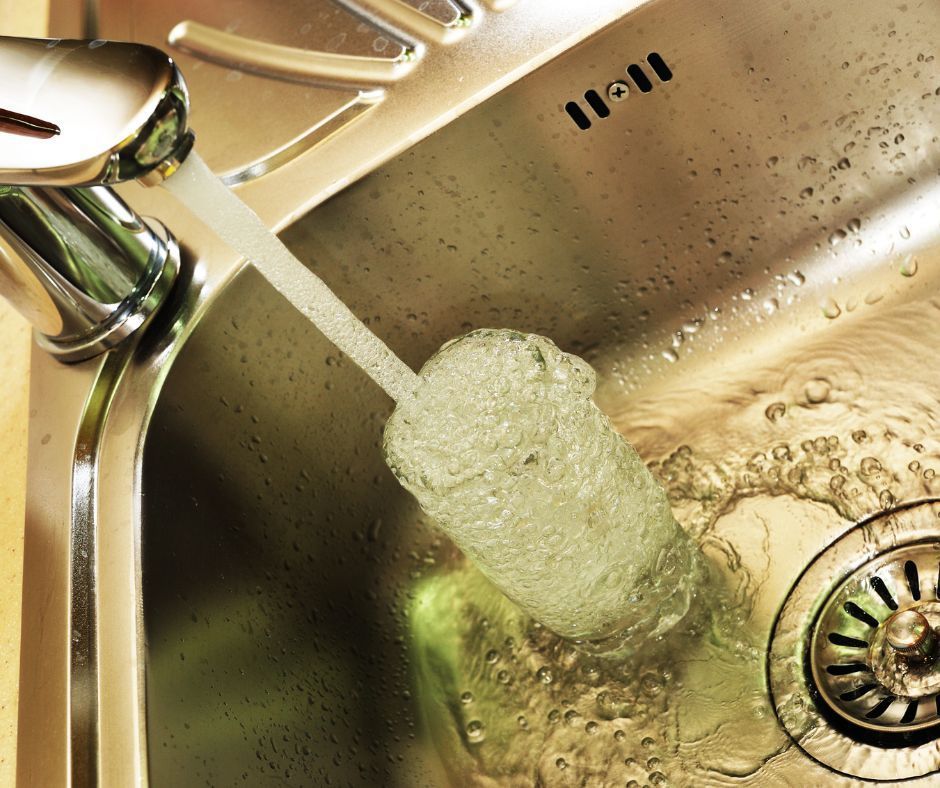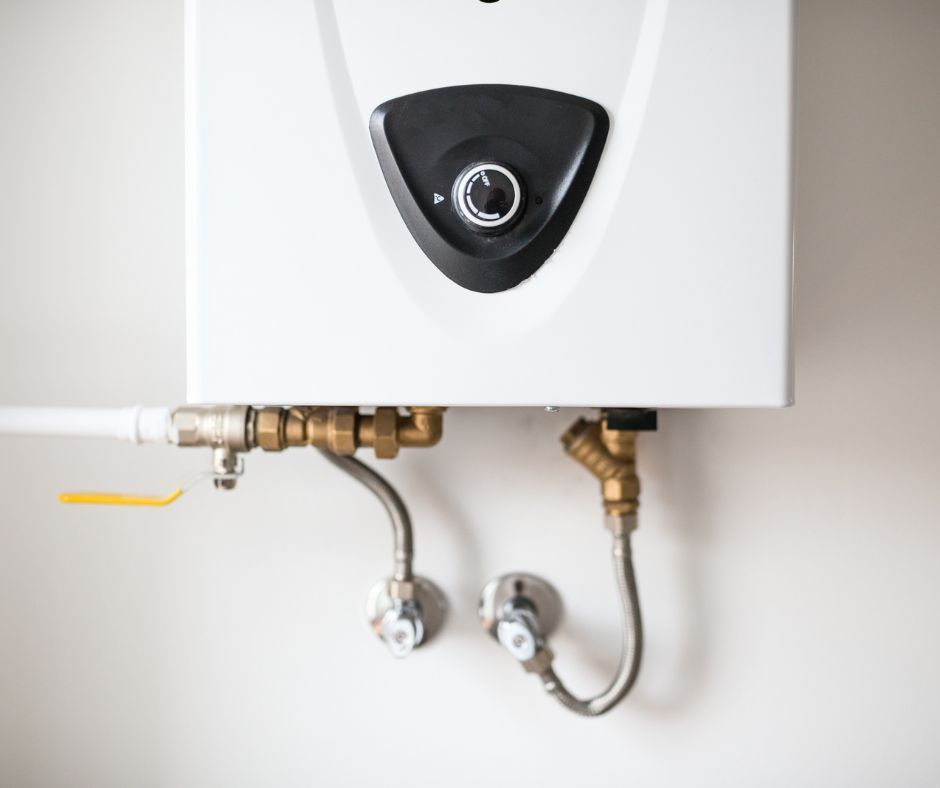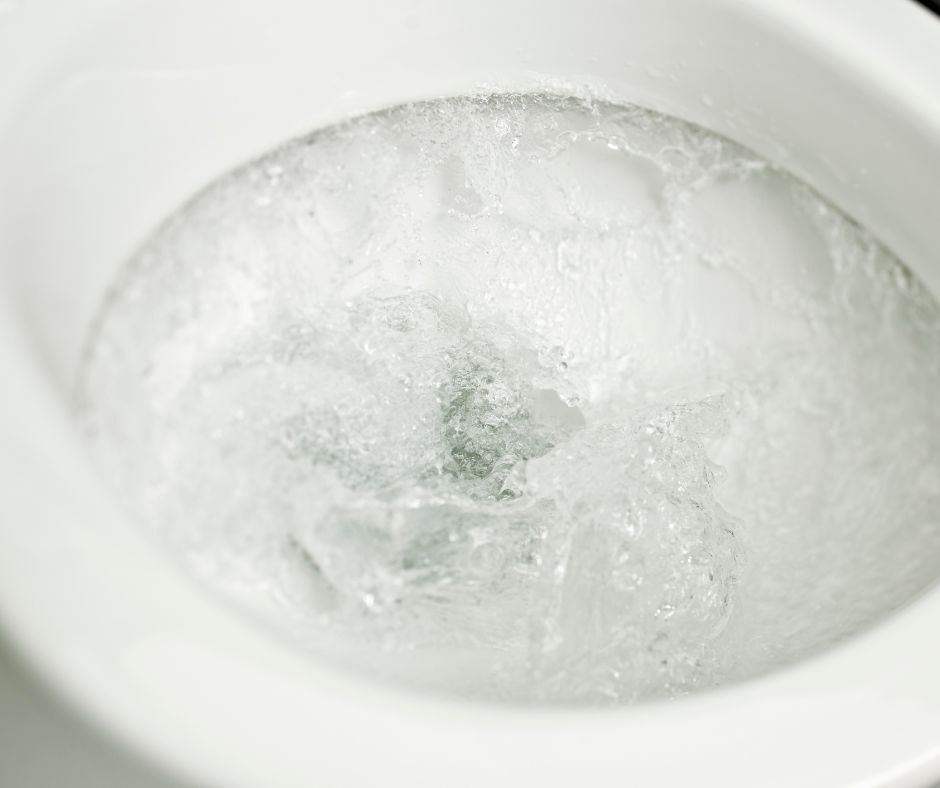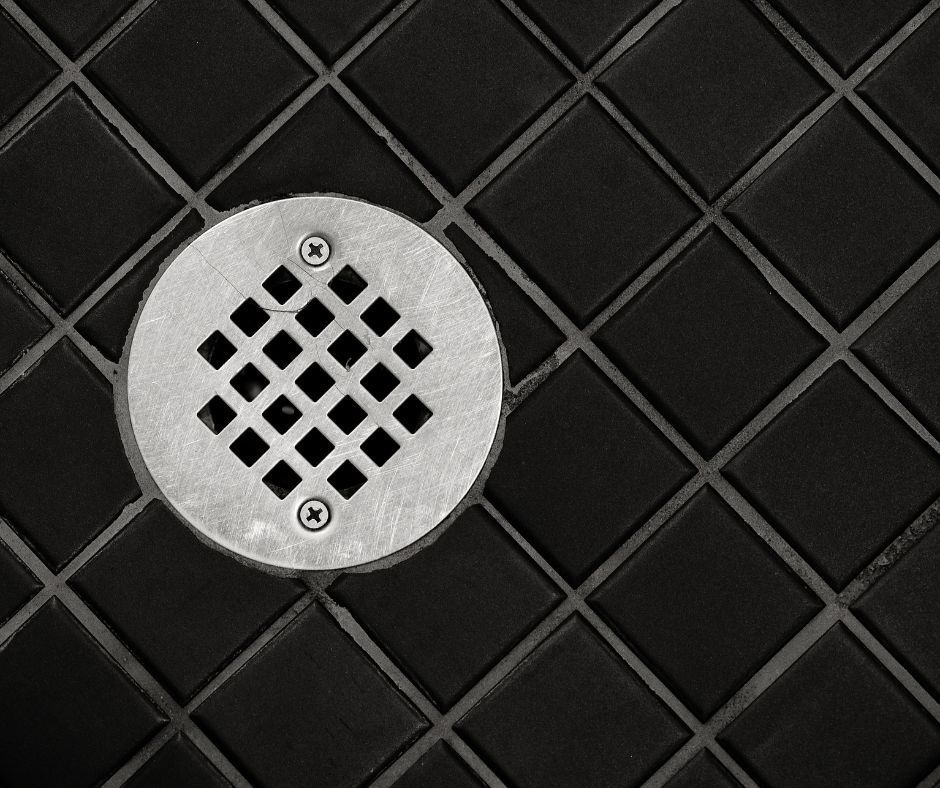What Are Stormwater Drains?: Functions and Key Benefits
Stormwater runoff management is crucial for maintaining the health and safety of urban and residential areas. As cities grow and develop, impervious surfaces like roads and buildings increase which leads to higher volumes of runoff during rainfall.
Runoff can overwhelm local water systems resulting in flooding, water pollution, and water damage. This is especially critical in Lake Macquarie and Newcastle, where flooding can greatly impact creeks, rivers, and low-lying areas near water bodies.
In this guide, we'll explore “what are stormwater drains?” and their role in keeping rainfall runoff away from homes and buildings. From understanding their components to highlighting their significant benefits, we aim to illuminate how these drainage systems can be beneficial to urban and rural living as well as environmental health.
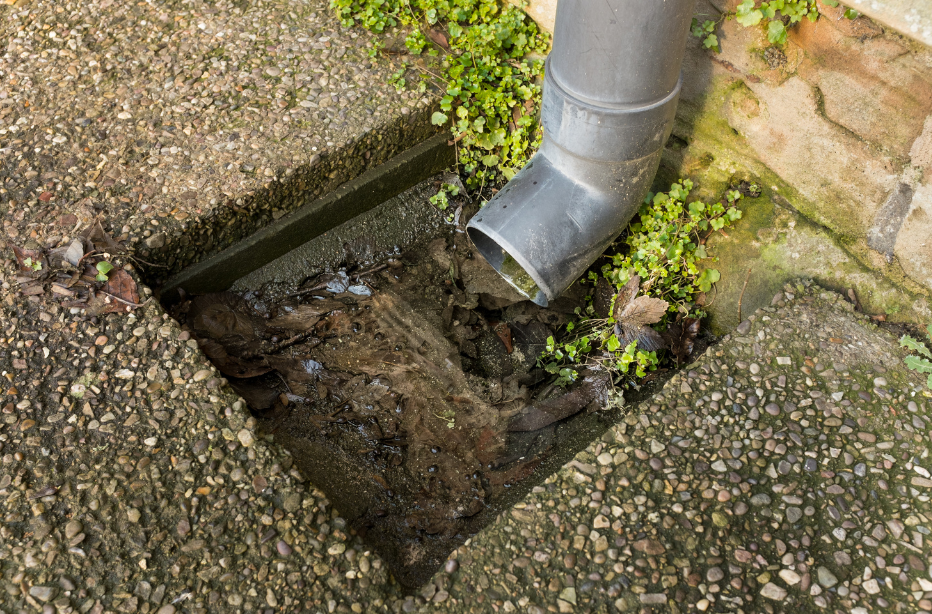
What is Stormwater Drain and Its Purpose?
When considering “what is a stormwater drain?”, it is essential to recognise that these systems are critical components of both rural and urban drainage systems. These systems collect and transport stormwater runoff from various surfaces, such as roads, roofs, and parking lots into designated drainage systems.
They are typically categorised into two systems:
Site Drainage
Site drainage refers to localised drainage solutions implemented on individual properties to manage stormwater effectively. These include components, such as gutters, downpipes, and on-site detention (OSD) tanks, which temporarily store excess water and control its discharge rate to prevent flooding and runoff to neighbouring areas.
City-wide Civil Drain
City-wide civil drains consist of extensive networks designed to manage stormwater runoff across urban areas. These systems consist of interconnected pipes and channels that transport collected rainwater from various sources throughout the city towards treatment facilities, natural catchments, or larger bodies of water like the sea to mitigate flood risks and maintain water quality.

What are the components of a stormwater drain?
It’s crucial for homeowners to understand exactly what stormwater drains are and recognise the various components that make up these systems for effective management of excess runoff and prevent flooding on their properties.
Let's explore some of its essential elements:
For Site Drainage:
Gutters
These channels are attached along the edges of the roof that collect and direct rainwater away from houses to prevent water damage.
Hard Surfaces
These are impermeable surfaces such as pavements and driveways that are designed to facilitate runoff towards the drains instead of accumulating on the surface.
Soft Landscaping
Gardens and lawns act as natural sponges and absorb rainwater, which reduces runoff.
Rain Gardens
These are planted areas in your yard that are specifically designed to capture and filter stormwater runoff.
Underground Storage Tanks
Underground storage tanks are subsurface containers that store excess stormwater temporarily and release it gradually to prevent flooding.
Above-ground Storage Basins
These are surface-level basins or ponds that temporarily store stormwater and slowly let the water seep into the ground or be released at a controlled rate.
Civil Drain
Natural Watercourses
These are the rivers, creeks, and streams in an area that naturally convey stormwater runoff towards larger bodies of water or the sea.
Channels
These are constructed waterways or conduits that are designed to direct stormwater flow away from urban areas and into appropriate drainage systems.
Stormwater Drains
These are pipes and culverts underground or at surface level which are essential for transporting runoff from streets and properties to larger drainage systems.
Catchments
The areas in your community that collect and drain stormwater into designated stormwater structures.
Stormwater Quality Improvement Devices
These systems filter and remove debris and pollutants from the runoff before it reaches natural water bodies.
Dams
Dams are huge structures built to regulate and store the flow of water. They help manage stormwater by holding back excess water during heavy rains and gradually releasing it to prevent flooding.
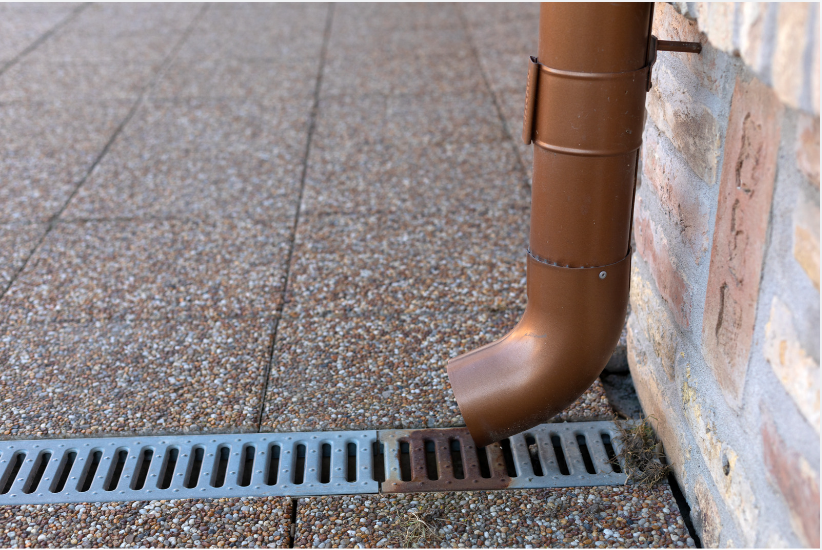
What Is a Stormwater Drain on Residential Properties and How Does It Work?
At this point, we already understand what is a stormwater drain and the role of each of its components. Now, let us explore how residential stormwater drains divert rainwater away from a property to reduce the risk of flooding and water damage.
How Do Residential Stormwater Drains Function?
Here’s an overview of how residential stormwater drains function:
- Collection: Rainwater is collected by gutters along the edges of the roof.
- Transportation: The water flows through downpipes connected to the gutters.
- Drainage: From the downpipes, the water enters underground pipes or surface basins to facilitate the flow.
- Disposal: Finally, the stormwater is either absorbed into the ground through infiltration or directed to municipal stormwater drains, which direct the runoff to natural watercourses or treatment facilities.
By channelling runoff through a network of gutters and drainage systems, these drains ensure that water is safely transported to appropriate outlets. These systems not only protect individual homes but also contribute to the overall health of the surrounding environment by preventing water-related issues in the community. Some systems even include rainwater tanks for reuse, conserving water, and easing the strain on the drainage during heavy rains which also promotes sustainability.
Who is Responsible for Maintaining Residential Stormwater Drains?
Maintaining stormwater drains is primarily the responsibility of homeowners. This includes inspecting and cleaning gutters, drains, and downpipes even if there’s no major sign of drain blockages yet to ensure effective operation. However, for safety concerns and the technical nature of drain maintenance, hiring local professionals is often recommended.
What stormwater drain experts do is conduct thorough inspections, cleaning, and necessary repairs to ensure optimal functionality of your stormwater drain system and reduce the risk of water damage to your property. Investing in professional maintenance promotes safety and efficiency, which greatly contributes to a resilient stormwater management system for your home.
What Are Stormwater Drains' Importance and Benefits?
Stormwater drains provide several important benefits to urban and rural areas, offering a multitude of benefits that go beyond simple water management. This includes:
Flood Prevention
Stormwater drains prevent water accumulation and mitigate the risk of flooding during heavy rains by quickly redirecting rainwater away from streets, buildings, and homes. These drainage systems help safeguard properties from costly water damage and ensure safer living environments for residents.
Reduction of Soil Erosion
By directing stormwater through structured channels, these systems prevent soil displacement. This is crucial for maintaining landscape stability and fertility, preserving agricultural land, and protecting natural habitats from degradation.
Improving Water Quality
These drainage systems also contribute to improving water quality by filtering out pollutants, such as oils, chemicals, and debris from stormwater runoff. This filtration process protects aquatic ecosystems and ensures that water bodies remain clean.
Enhancing Biodiversity
Stormwater drains can enhance local biodiversity by promoting safer habitats for plants, birds, and aquatic life. These features support natural processes like nutrient cycling and water purification which contribute to the overall health and resilience of ecosystems.
Got Stormwater Drain Issues? Contact Down to Earth Plumbing Now!
Dealing with stormwater drain issues can be a hassle, especially when tackled alone. That's why it's crucial to entrust the job to professionals, like Down to Earth Plumbing Maintenance, who understand stormwater drains and their complexities.
Trust us to manage everything from clearing clogged stormwater drains for your Lake Macquarie home to conducting meticulous drain system inspections and repairs in Newcastle with expert efficiency and unwavering reliability.
We also specialise in providing plumbing services for real estate properties, comprehensive hot water system installations and repairs in Lake Macquarie and reliable hot water system replacements for homeowners in Newcastle.
Don’t wait ‘till stormwater issues disrupt your property. Hire our team for superior service backed by advanced equipment and a relentless commitment to safety. Connect with us for prompt assistance, trusted solutions, and lasting results.



